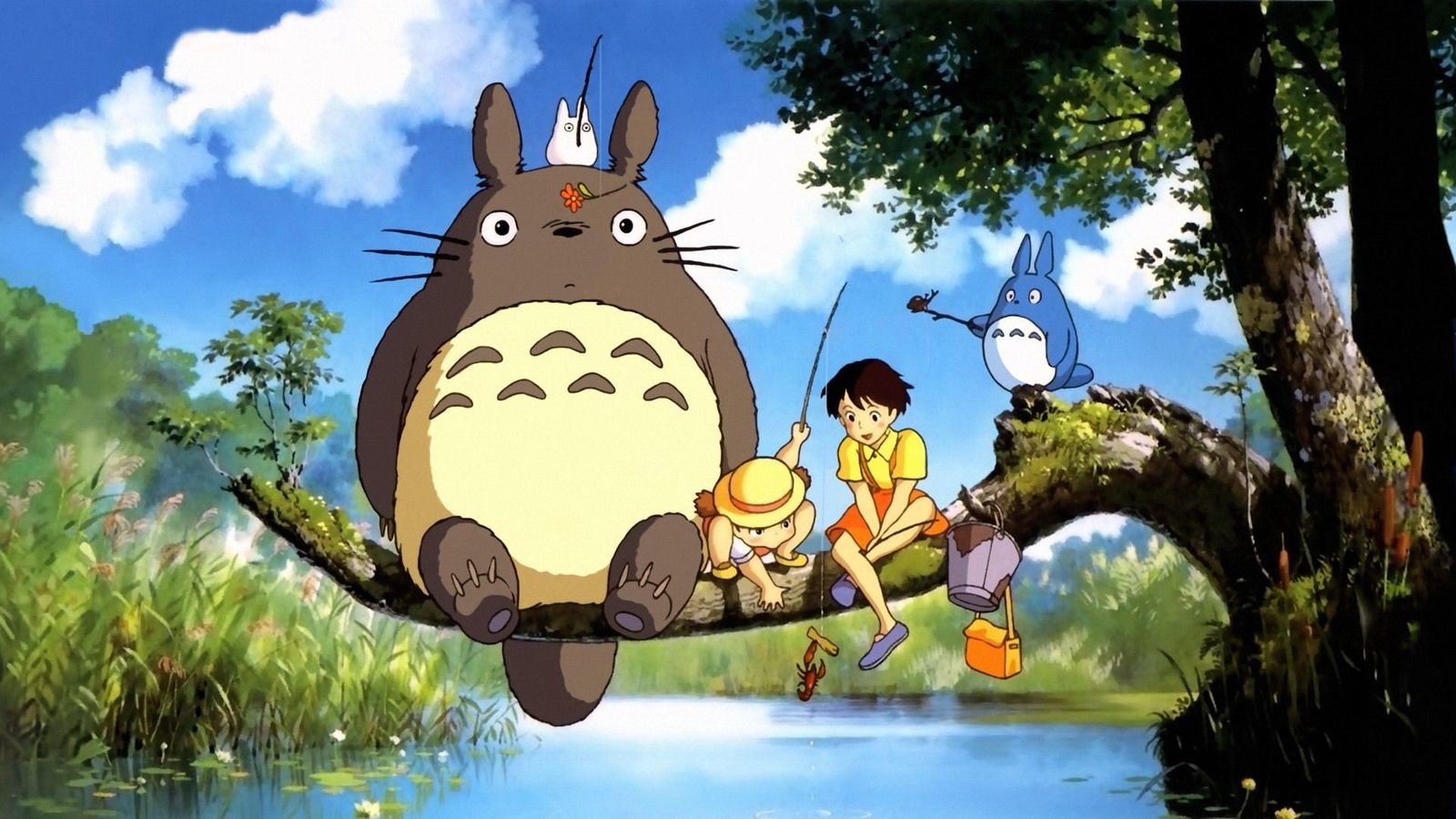Japan and the West
Film
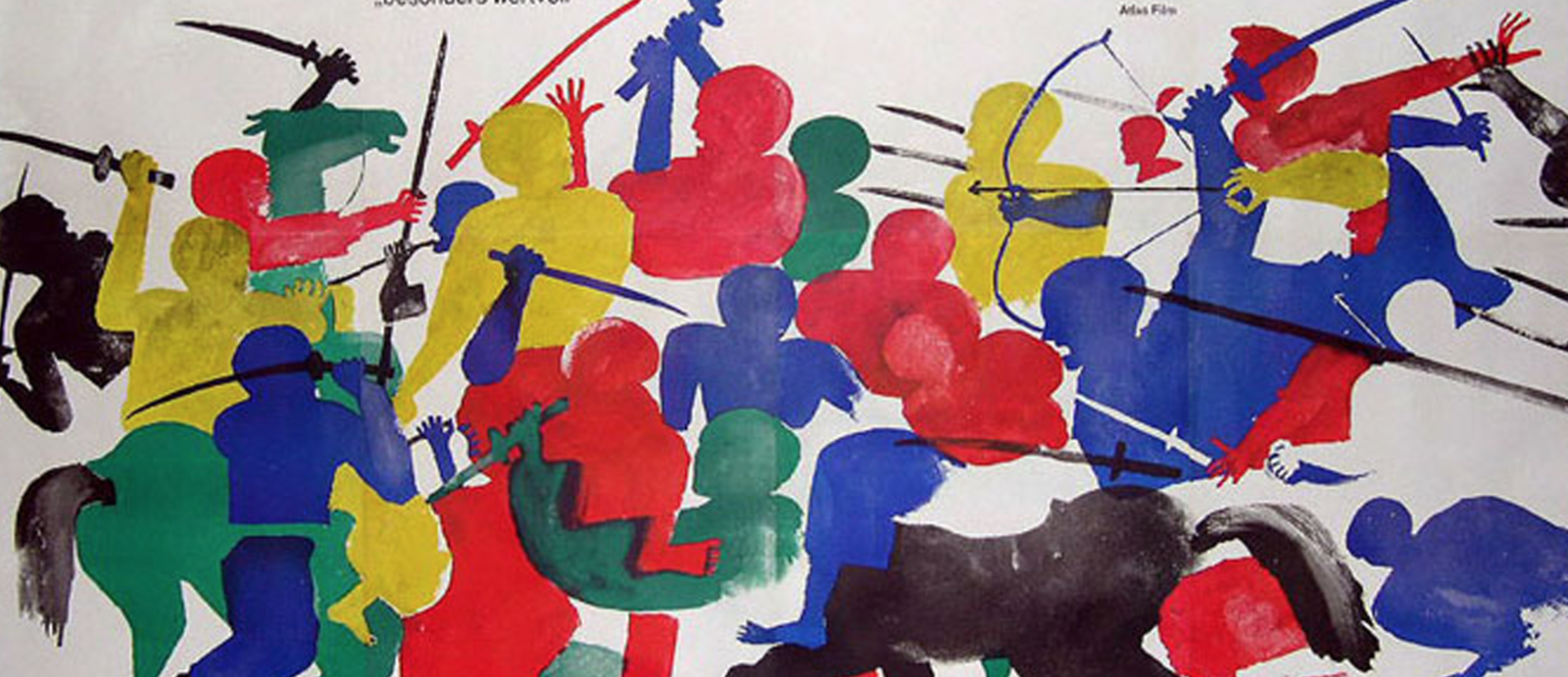
before we start...
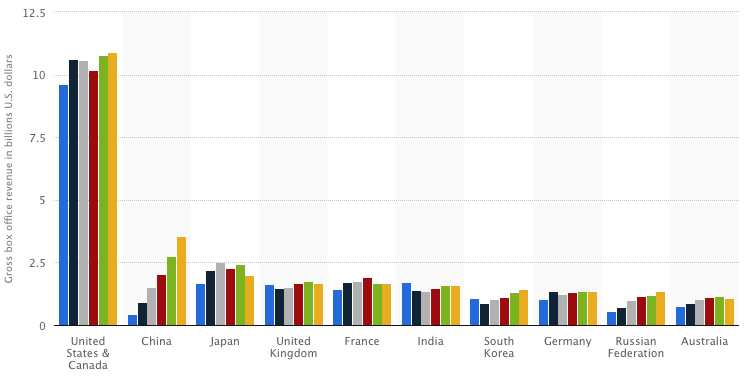

The invention of the 'movie'
Shot 1895-7
No editing
No movement
No story(?)
early film in japan
First movie camera was imported to Japan by Asano Shiro in 1897.
Asano's films were lost as they were shipped to France for processing and printing.
Lumiere-like scenes produced by Shibata Tsunekichi of Mitsukoshi's new photography department.
Early films and film production were often linked to kabuki companies so there were many 'filmed plays' (e.g. Shochiku)
momijigari (1899)
benshi
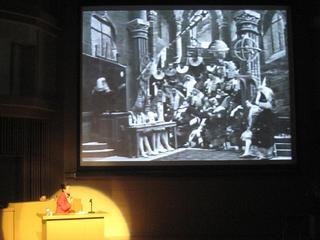
Katsudo/setsumei benshi
活動・説明弁士
Narrated and explained silent films.
Became stars in their own right and were sometimes the main reason people went to see films.
Became a vary influential group within Japanese cinema.
Some early films provided a script for the benshi.
Hollywood dominant
By the 1920s the 'Hollywood' film style had become the standard.
• Continuity editing
• Realism (though as with theatre/fine art, Japan had its own influential traditions)
The film industry in the US produced on average 800 films per year during the 1920s.
sessue hayakawa
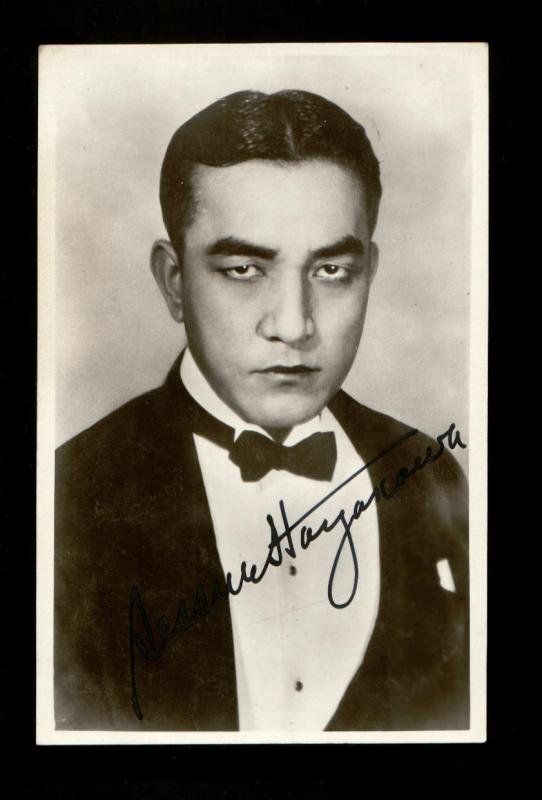
Attended Chicago Univ. intending to become a banker.
Got involved in theatre. Spotted by a filmmaker and eventually employed (1913?) by an upcoming company (later Paramount Pictures)
At one point in 1915 the highest earning star in Hollywood ($5000/week!)
sessue hayakawa
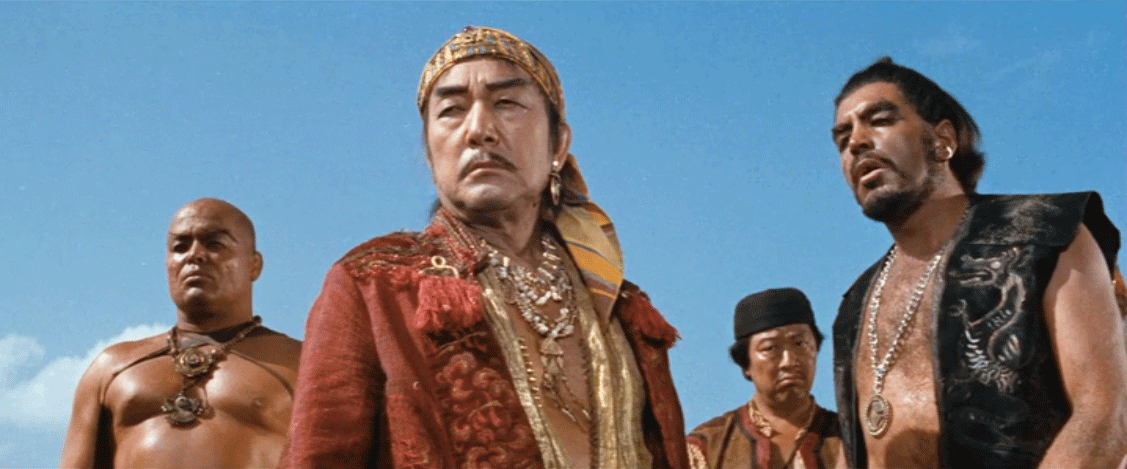
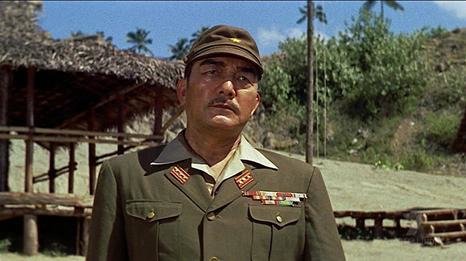
Swiss Family Robinson (Disney, 1960)
Bridge on the River Kwai (1957)
THE arrival of 'talkies'
Early attempts at coordinating film and sound using gramophone recordings had been largely unsuccessful (tricky to do well, lack of amplification)
1929: Fox Movietone's Marching On shows to full houses for two months, convinces Japanese studios they have to adopt the new technologies.
"As advertised, this is all-talking. Too much so, because there is no room for benshi explanation. [...] they will soon tire of something they cannot understand." Tanaka Yoshihiko, film critic (apx 1929)
Benshi and musicians went on strike in theatres around Tokyo.
the first JApanese 'talkies'
Because of the popularity and influence of the benshi, some silent films were still being made in Japan during the 1930s. But Japanese cinema started producing 'talkies' very soon after the process was developed in the US.
Dir: Gosho Heinosuke, 1931
Madamu to Nyobo (The Neighbour's Wife and Mine)
First truly successful Japanese all-sound film.
Ozu yasujiro
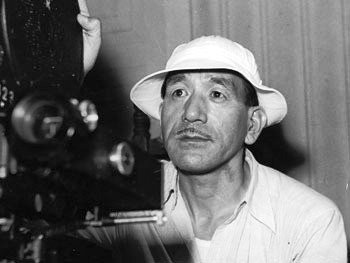
Joins Shochiku in 1923 at age of 20
1927: first film as director, Sword of Penitence (jidaigeki)
1932: I was born, but... (大人の見る絵本-生れてはみたけれど) wins critical success as first Japanese film to include a degree of social critique
Ozu Style
Low camera angle: 'tatami shot'
Narrative elision
Ignore eyeline
Static camera
Innovative transitions
tokyo story (1953)
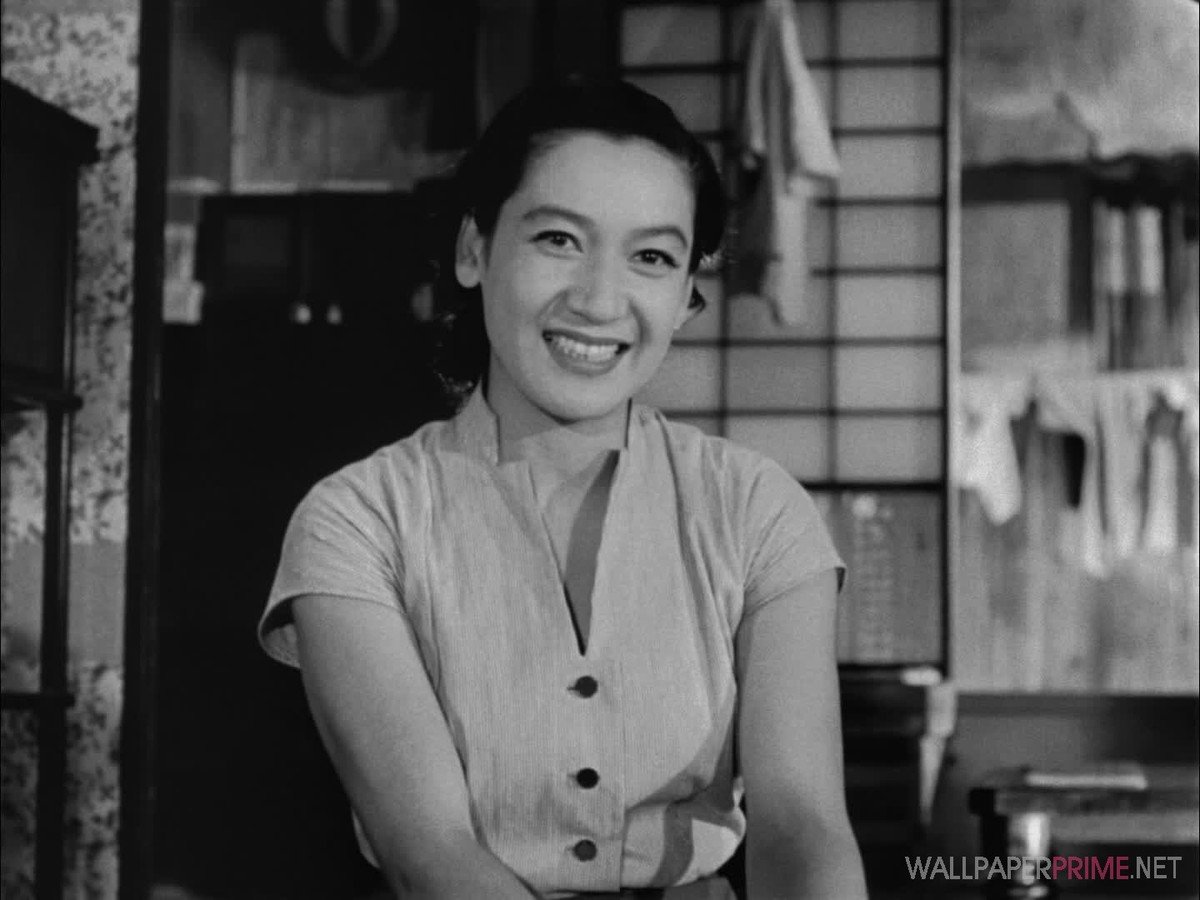
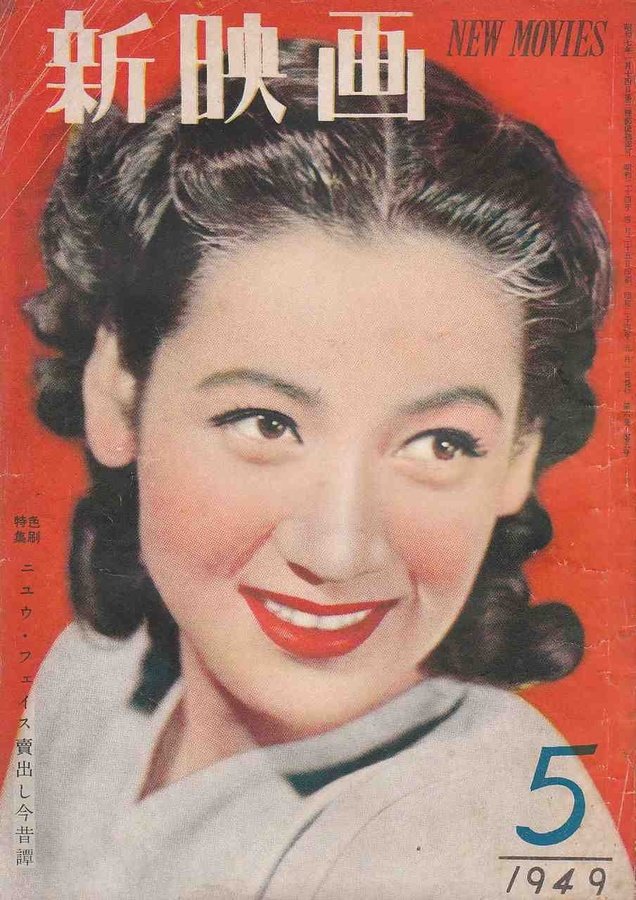
Setsuko Hara
(1920 – Sept 5, 2015)
The human condition
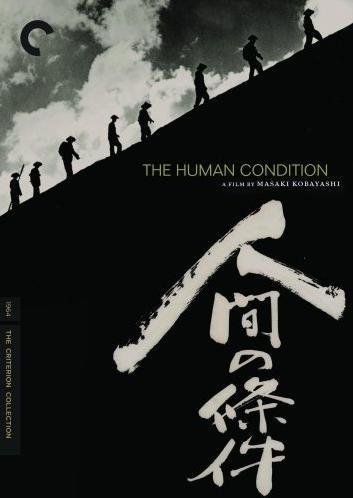
Dir: Kobayashi Masaki
Trilogy of films released 1959-1961
• No Greater Love
• Road to Eternity
• A Soldier's Prayer
"unquestionably the greatest film ever made."
David Shipman, The Story of Cinema (1984)
akira kurosawa
Started in film in 1936
First film as director 1943 Sanshiro Sugata
1950: Rashomon premieres in Tokyo
1951 : wins Golden Lion prize (Venice Film Festival). Release in Europe and US.
1990: Academy Award for Lifetime Achievement
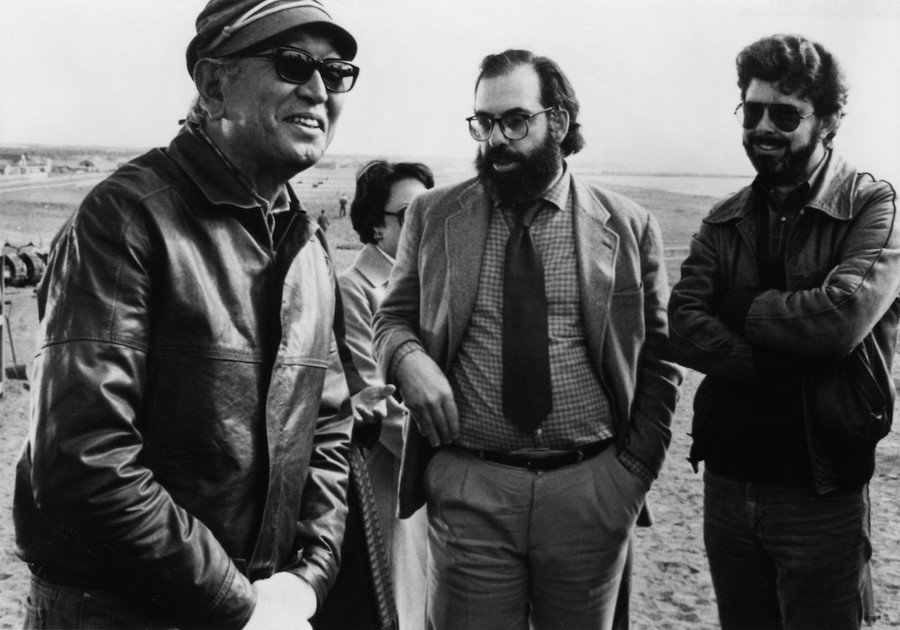
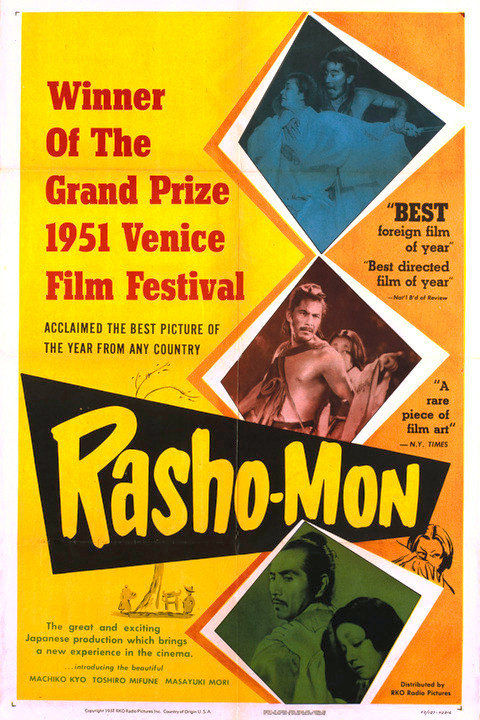
adopt/adapt
1957: Throne of Blood (蜘蛛巣城)- Shakespeare, Macbeth
1957: The Lower Depths (どん底) - Maxim Gorky
1958: The Hidden Fortress (隠しの砦)...
1985: Ran (乱) - Shakespeare, partly King Lear
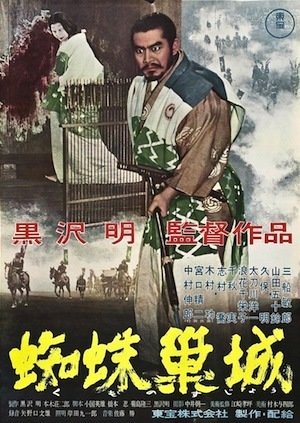
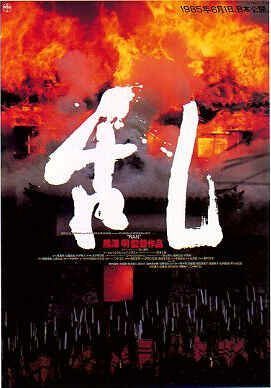
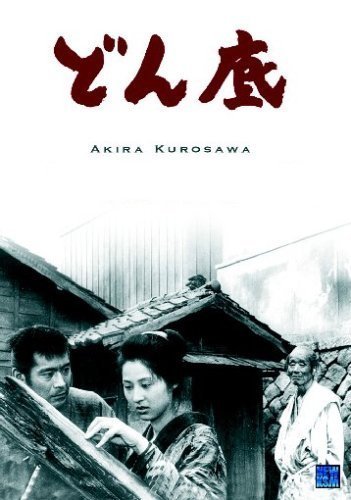
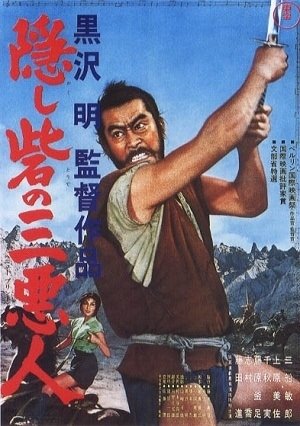
the hidden fortress
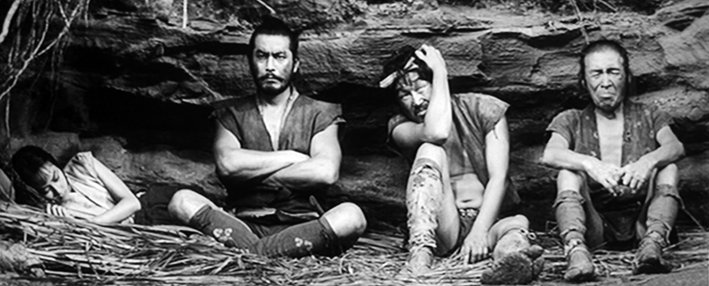
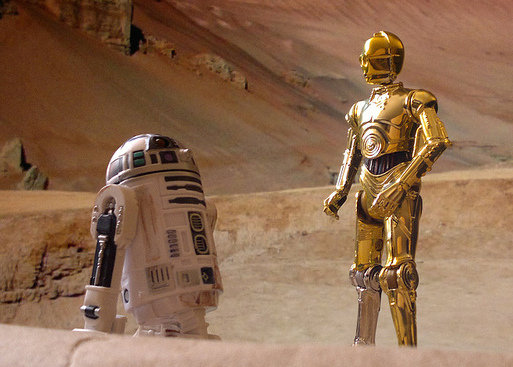
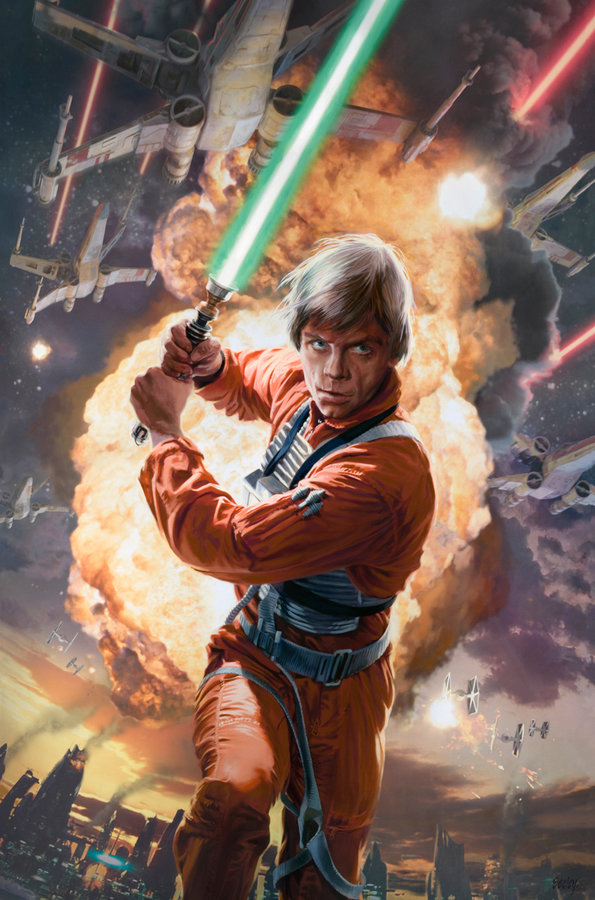
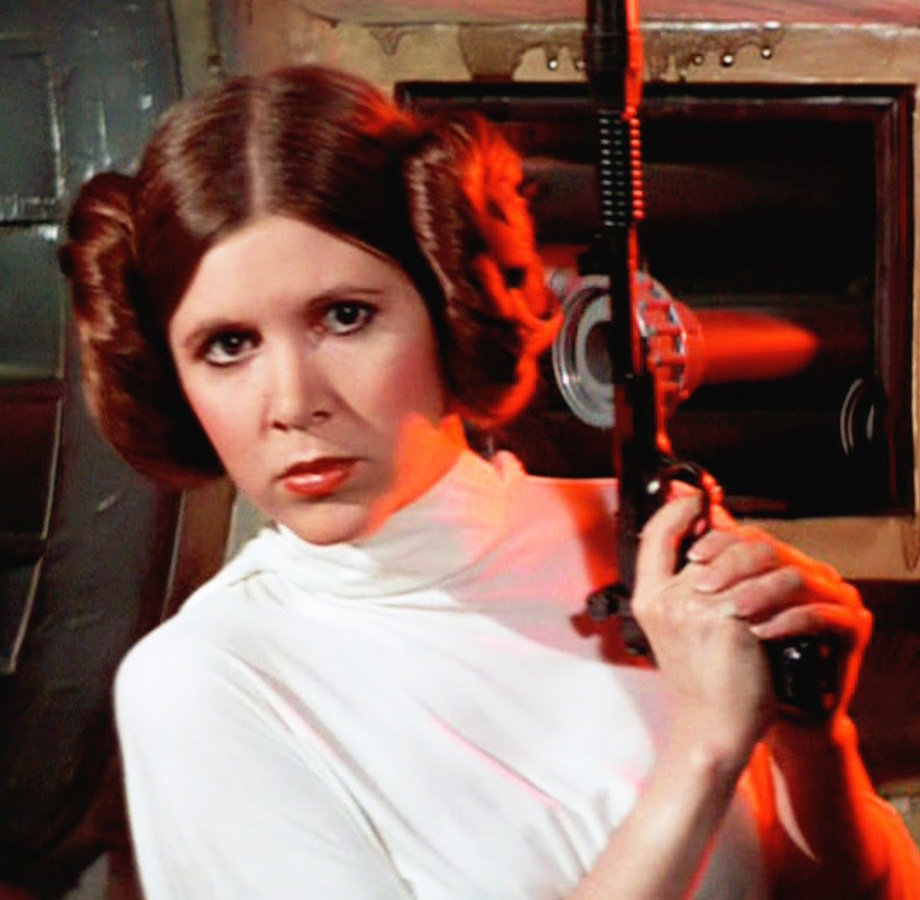
george lucas: star wars
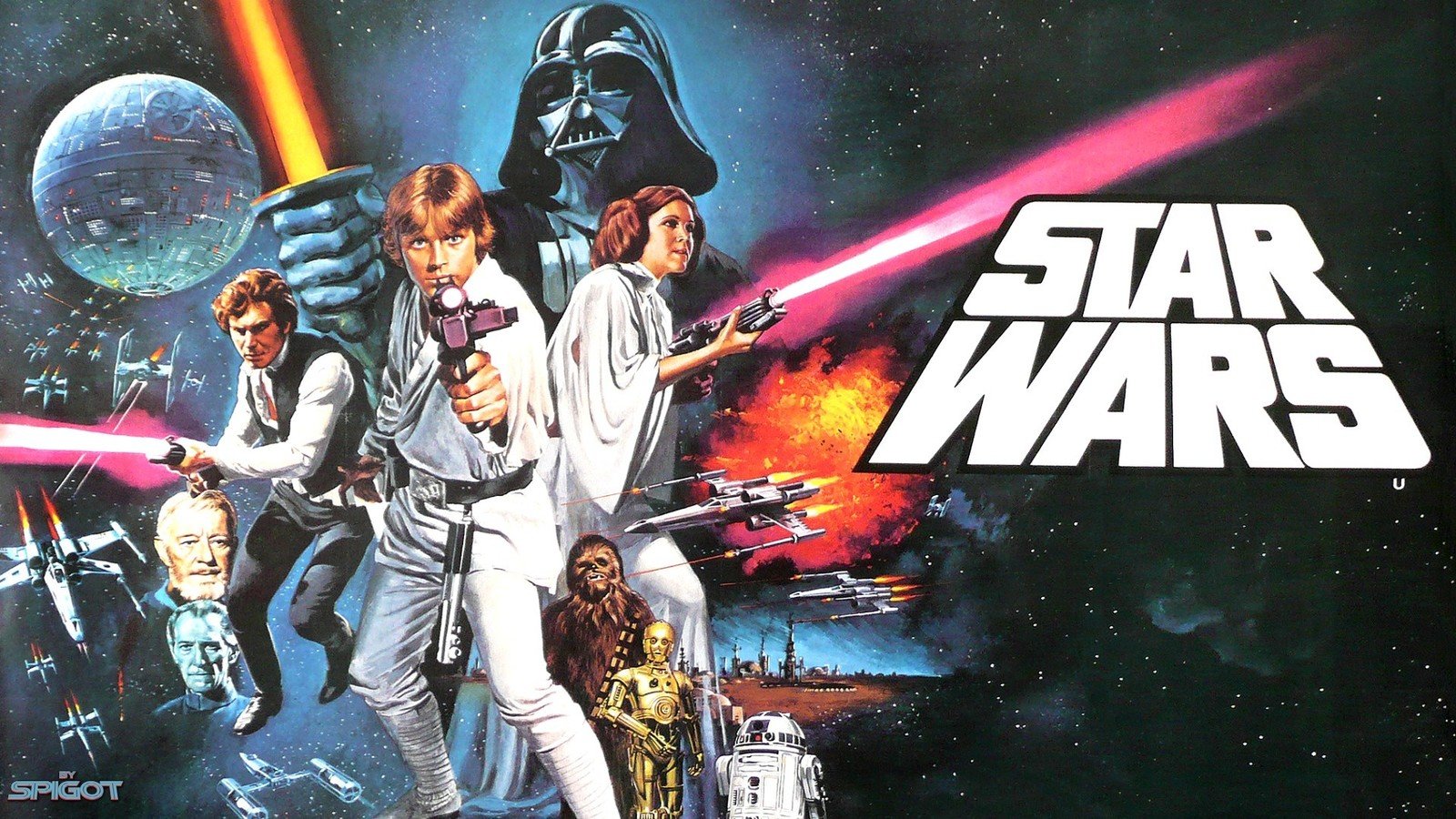
Suzuki Seijun: Branded to Kill
Koroshi no Rakuin (1967) Nikkatsu Films
"Suzuki makes incomprehensible films.
Suzuki does not follow the company's orders.
Suzuki's films are unprofitable and it costs 60 million yen to make one.
Suzuki can no longer make films anywhere. He should quit.
Suzuki should open a noodle shop or something instead."
(Hori Kyusaku)
influences overseas
HK: John Woo, Wong Kar-Wai
S. Korea: Chan-wook Park
US: Jim Jarmusch, Quentin Tarantino.
Jarmusch's "favourite hitman film", thanked Suzuki in the credits of Ghost Dog: The Way of the Samurai (1999)
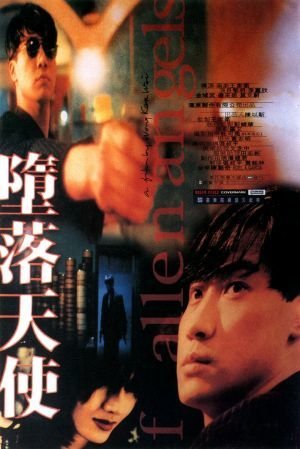
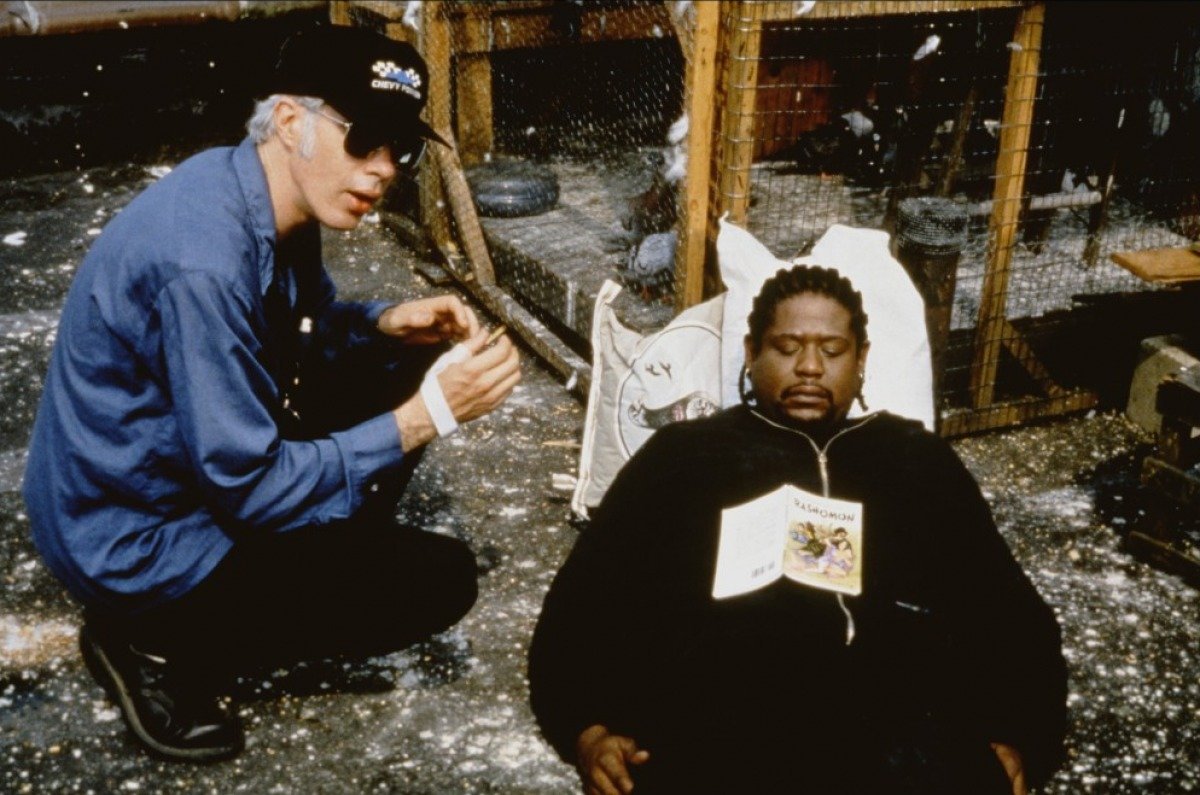
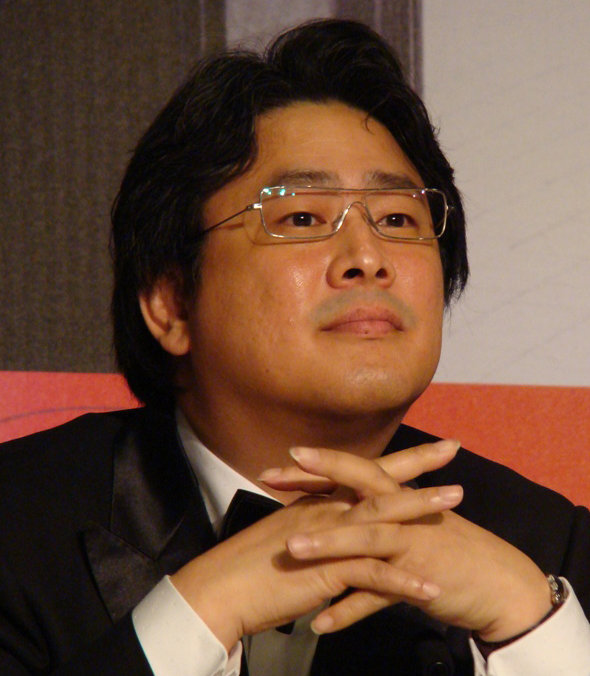
deadly plumbing
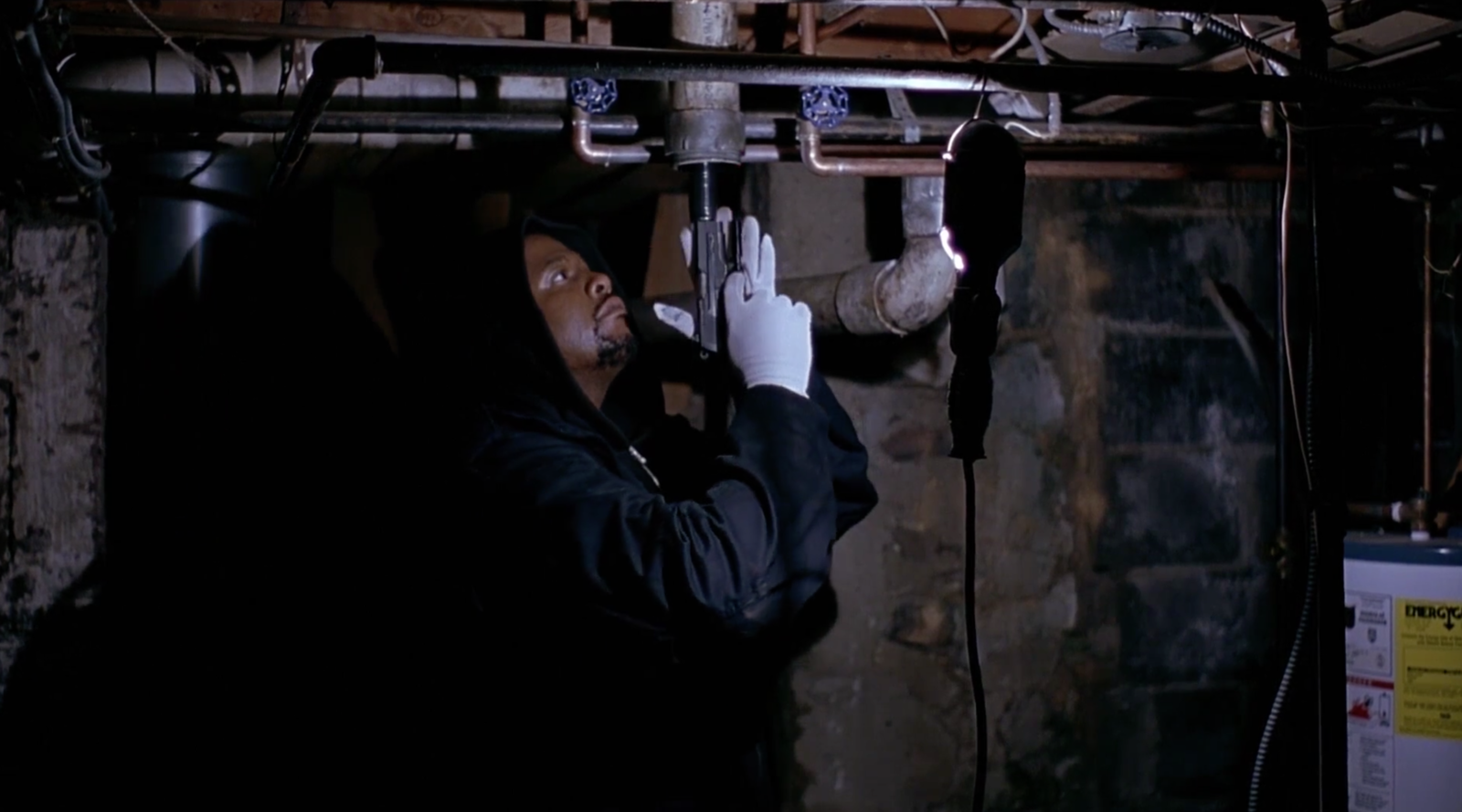
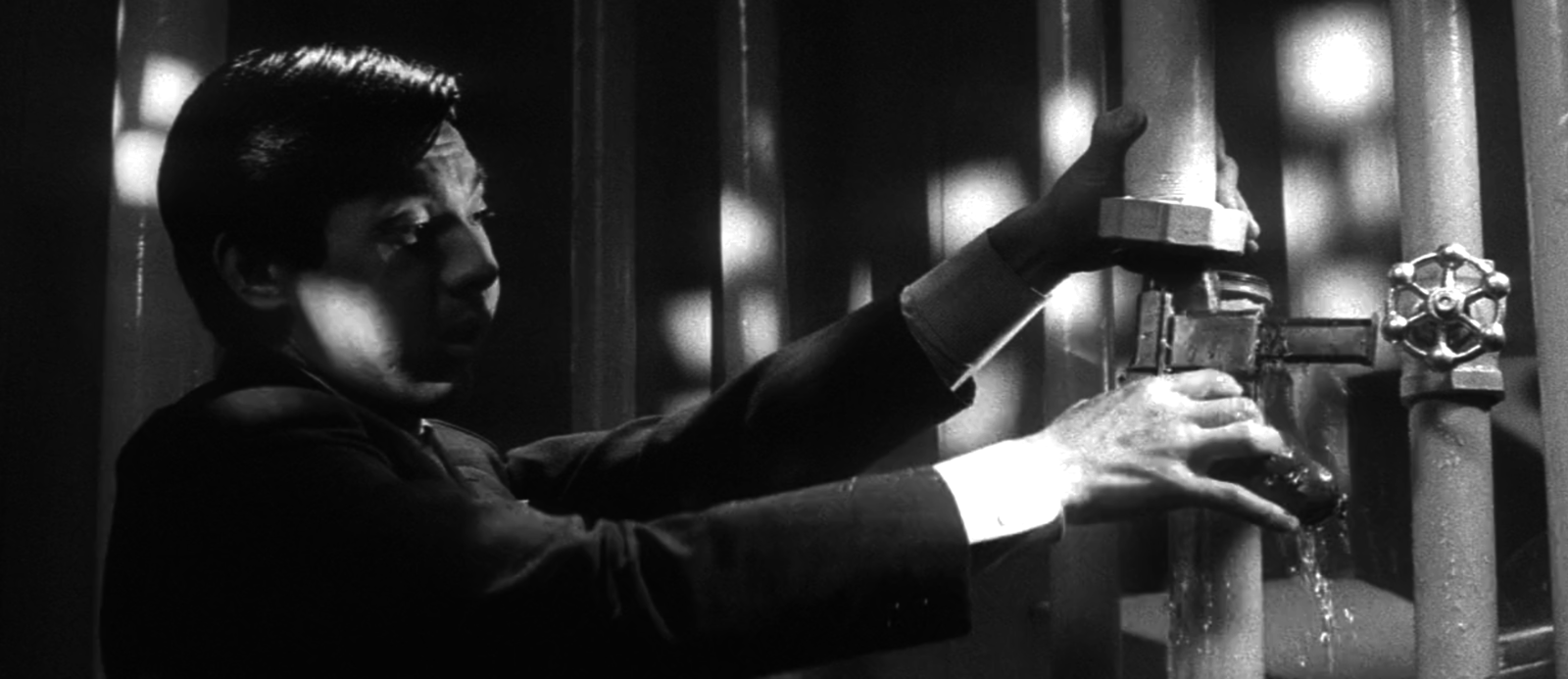
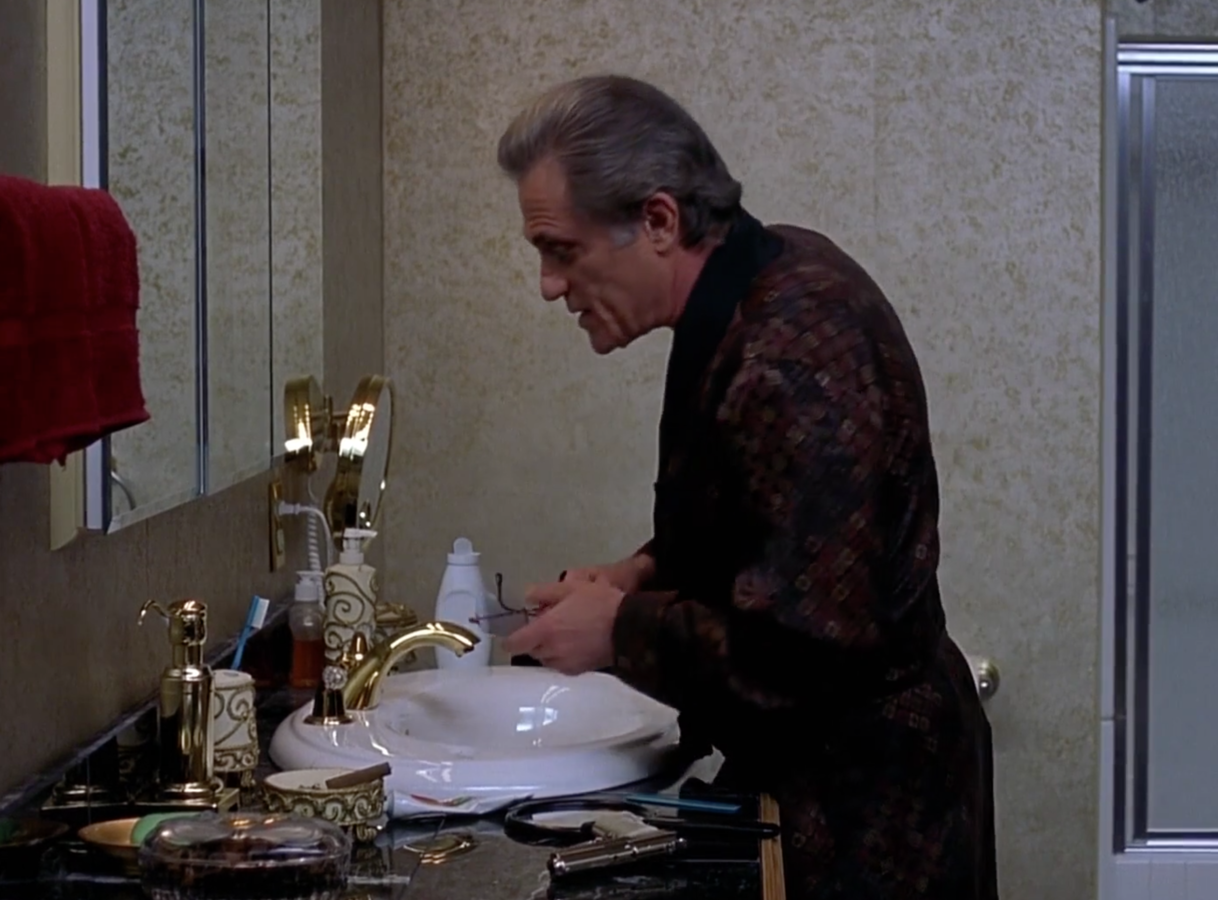
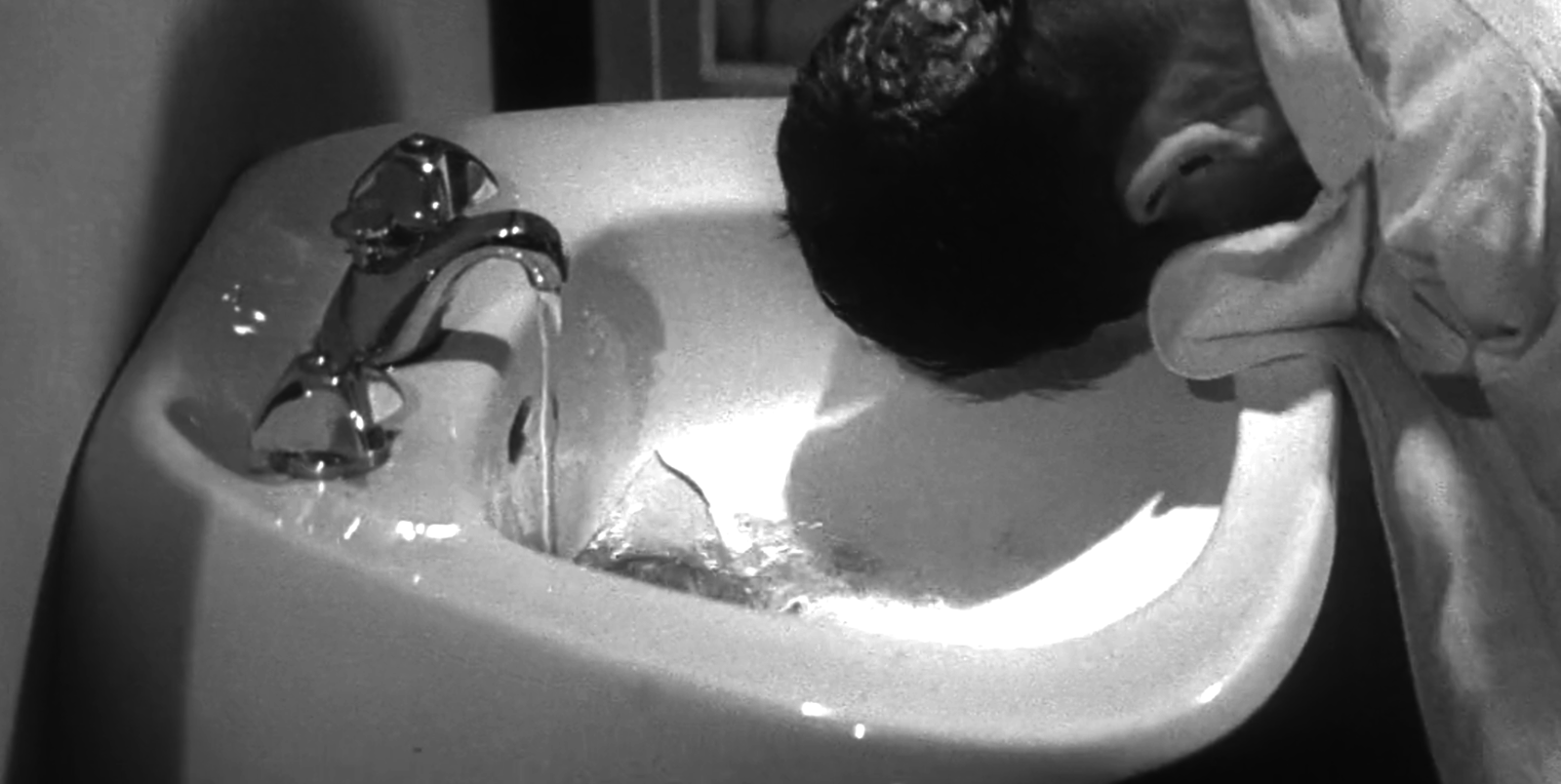
domestic rules
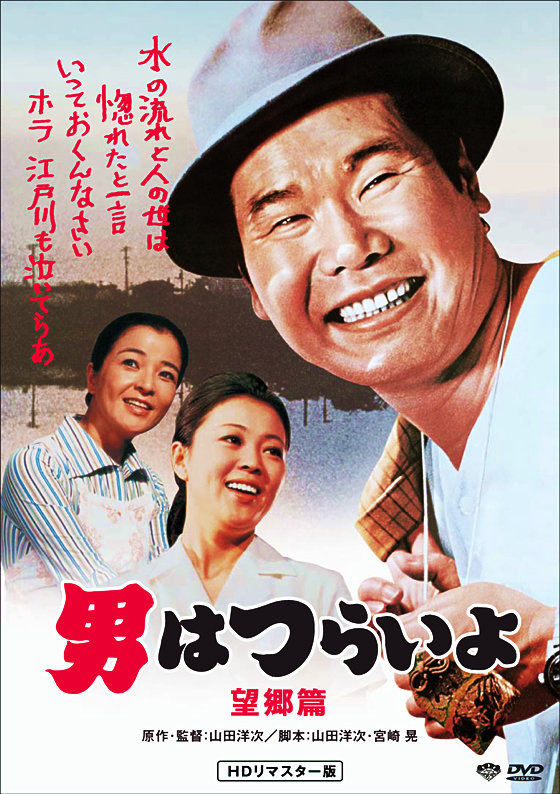
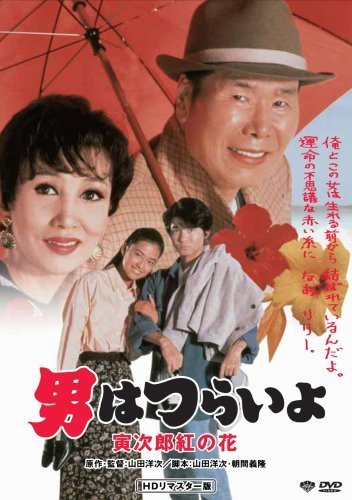
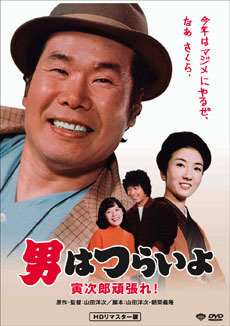
Domestic conservatism provides steady income.
Occasional acclaimed international works.
Dualism: Export & Domestic audiences
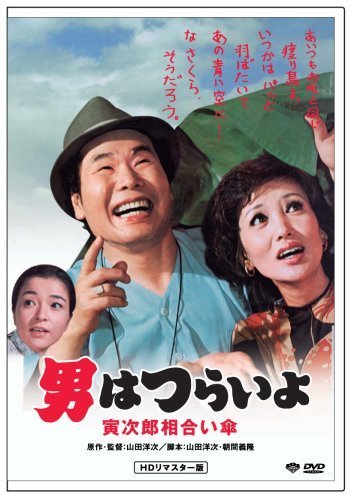
it's complicated...
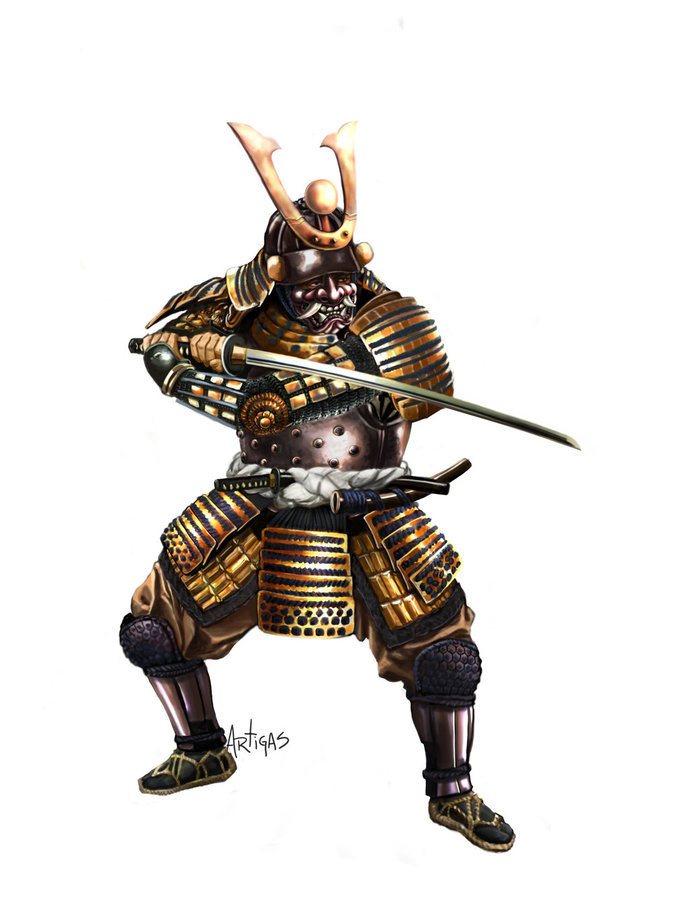
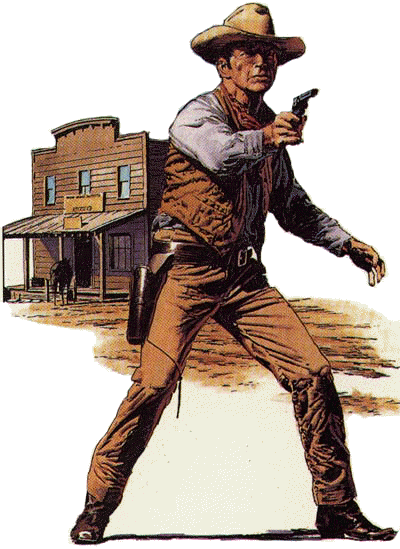
THE Seven samurai (1954)
The magnificent seven (1960)
kureyon Shin-chan (2004)
Magnificent seven REAPPEAR
yojimbo (1961)
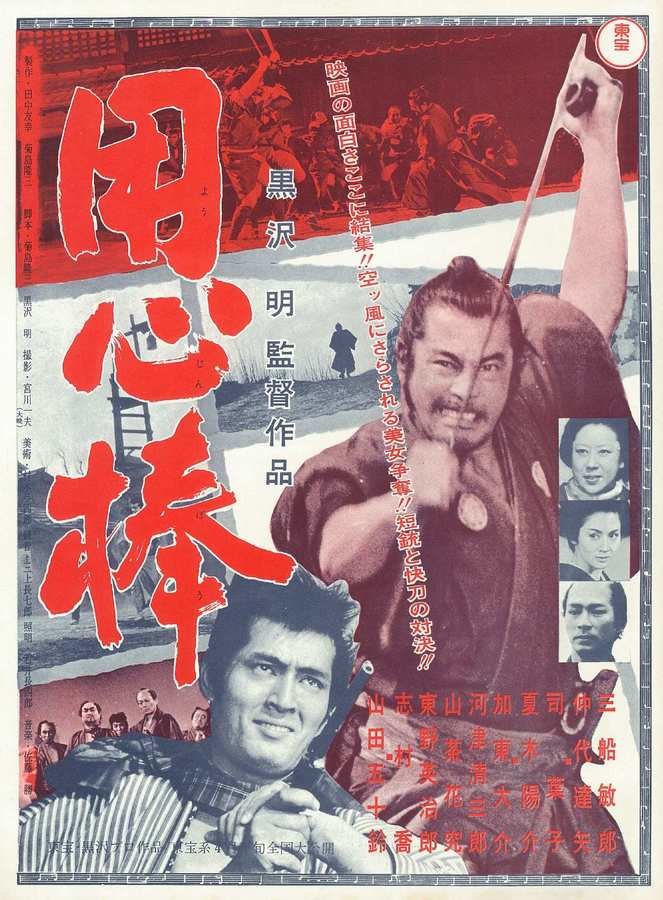
Dir: Akira Kurosawa
The story of ronin (Toshiro Mifune) who arrives in a small town where competing crime lords vie for supremacy. The two bosses each try to hire the newcomer as a bodyguard.
a fistful of dollars (1964)
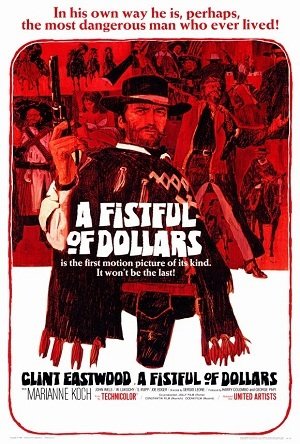
Dir: Sergio Leone
A stranger (Clint Eastwood) arrives in San Miguel. The town's innkeeper, tells the Stranger about a feud between two families vying to gain control of the town: on the one side, the Rojo brothers and the family of the town sheriff.
Actually, this is a "spaghetti western", made mainly by Italians and shot in Spain!
So it's a European film which adopts a US style and bases its story on a Japanese film.
or maybe not...
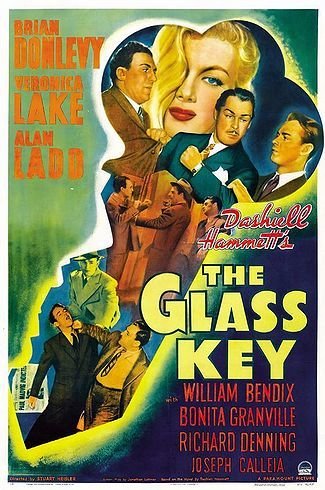
1942
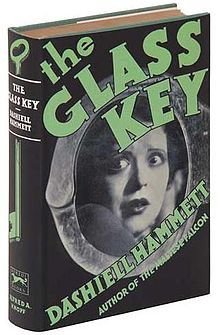
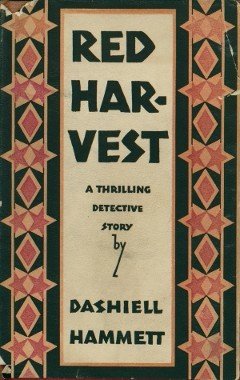
1929
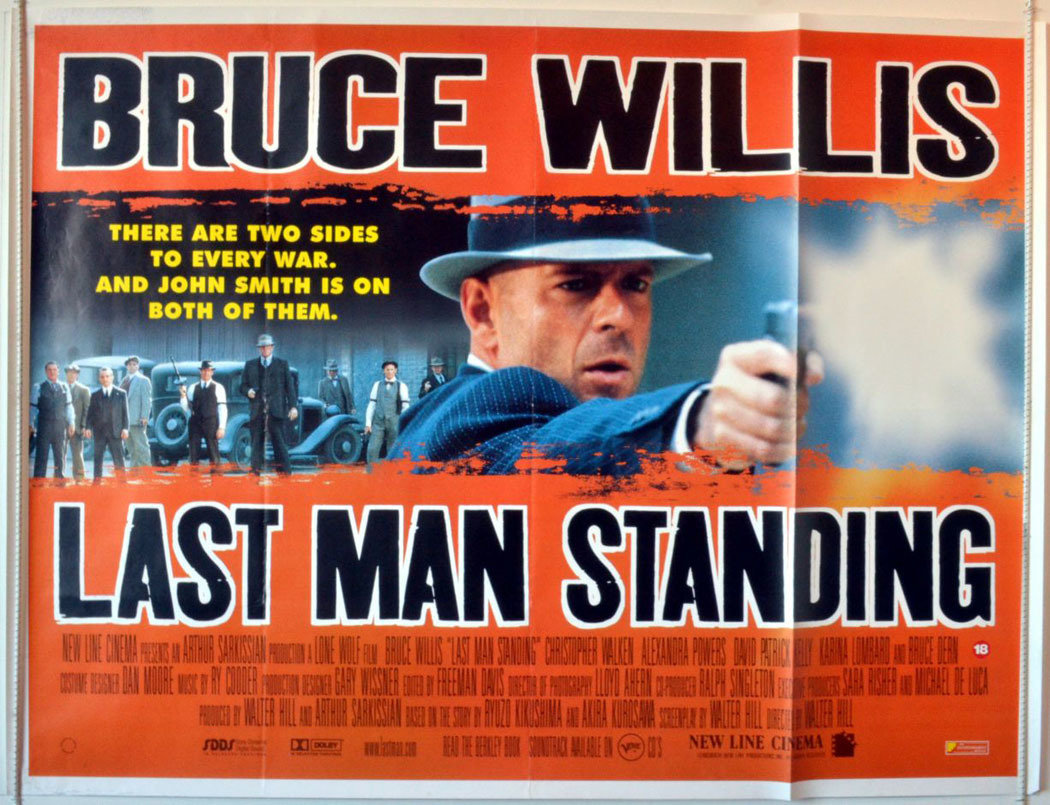
studio ghibli
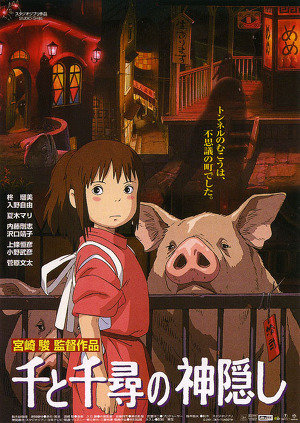
Summer 2001: Released in Japan
Autumn 2002: Dubbed version released in Canada
2003: Academy Award for Best Animated Feature
Highest-grossing Japanese film so far (apx.US$330million)

miyazaki hayao
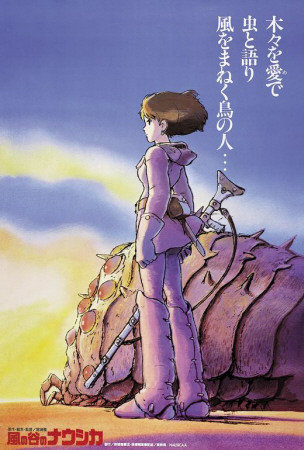
1984
Studio Ghibli founded 1985 on the success of Nausicaa.
1986: 天空の城ラピュタ - Castle in the Sky
1988: となりのトトロ - My Neighbour Totoro
1989: 魔女の宅急便 - Kiki's Delivery Service
1997: もののけ姫 - Princess Mononoke
2004: ハウルの動く城 - Howl's Moving Castle
2008: 崖の上のポニョ - Ponyo
2010: 借りぐらしのアリエッティ - Arrietty
|
|
inputs and influences
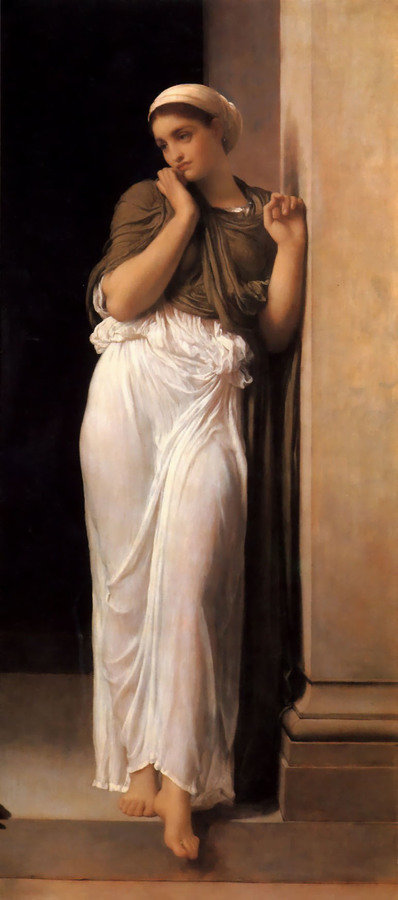
Nausicaa
Frederic Leighton, 1878
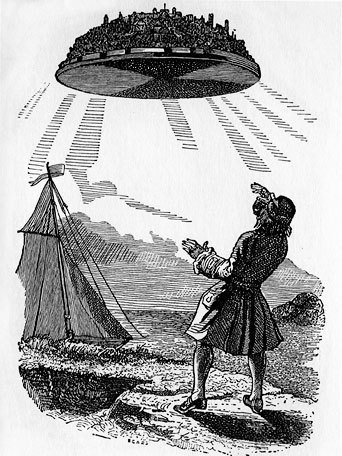
1726:Gulliver's Travels
Jonathan Swift
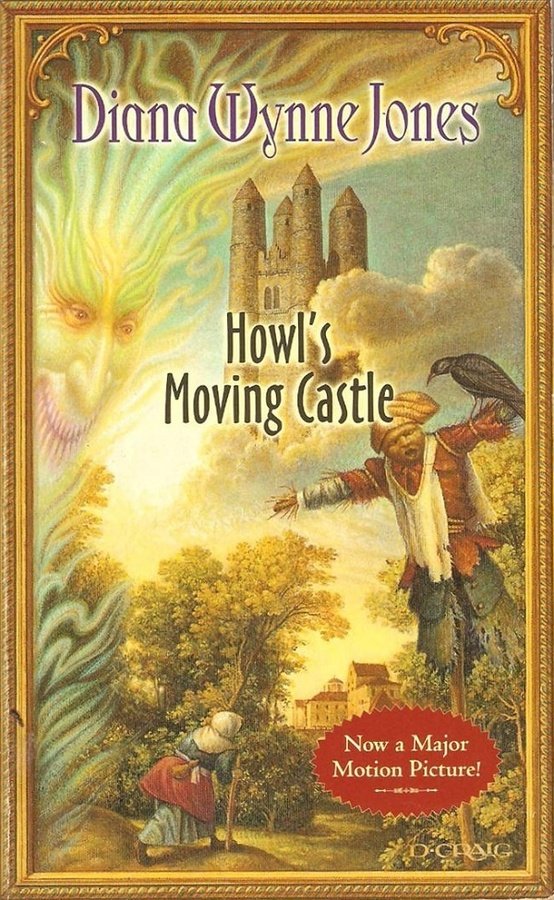
1986: Diana Wynne Jones
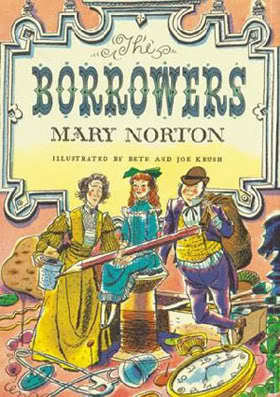
1952: Mary Norton
horror
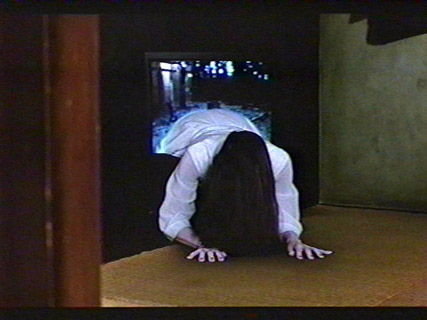
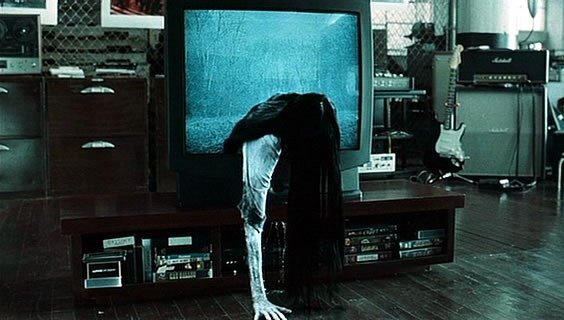
Ringu, 1998
The Ring, 2002
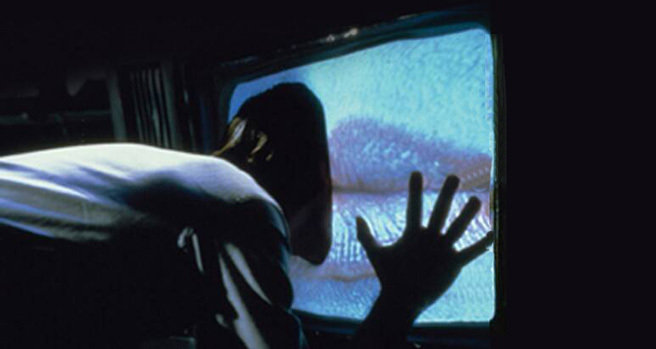
Videodrome, 1983
and some more...
呪怨 (2000) - The Grudge (2004) same director
仄暗い水の底から (2002) - Dark Water (2005)
回路 (2001) - Pulse (2006)
着信あり(2004) - One Missed Call (2008)
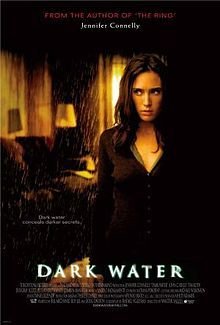
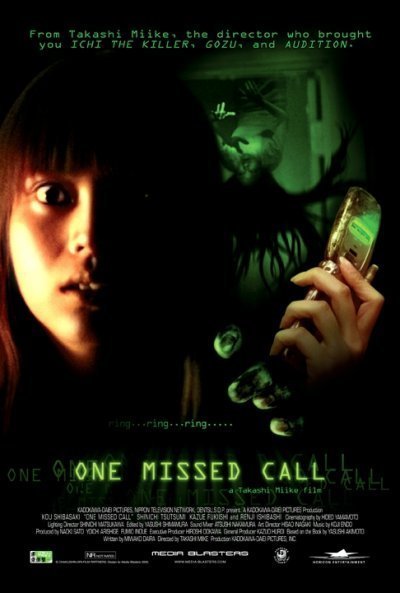
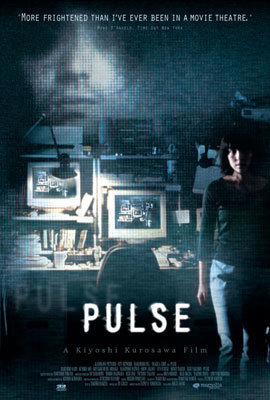
next week
